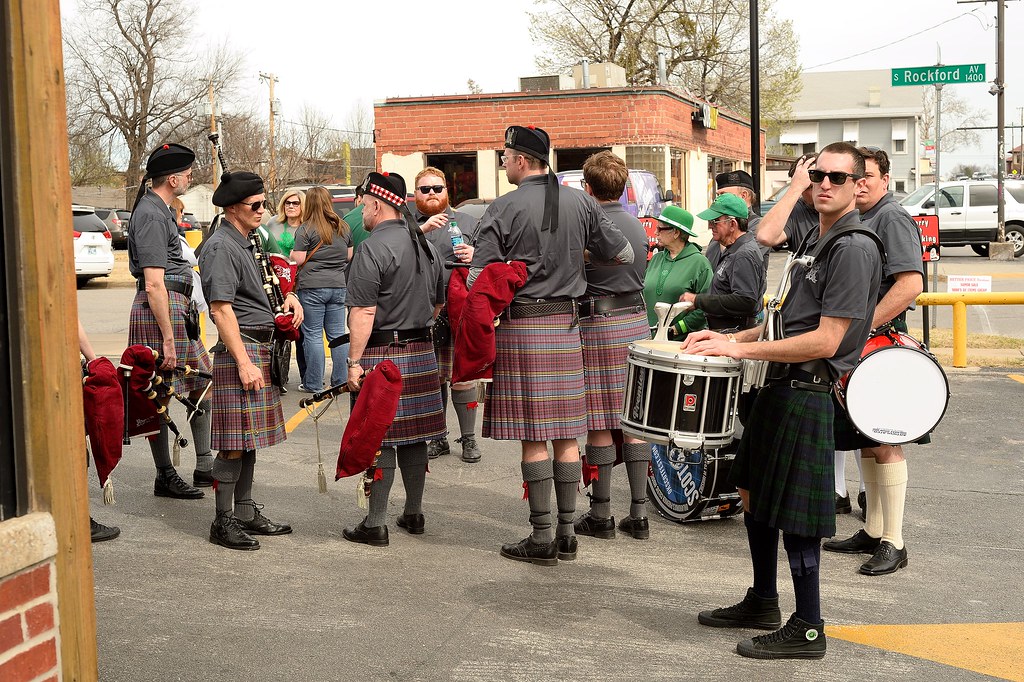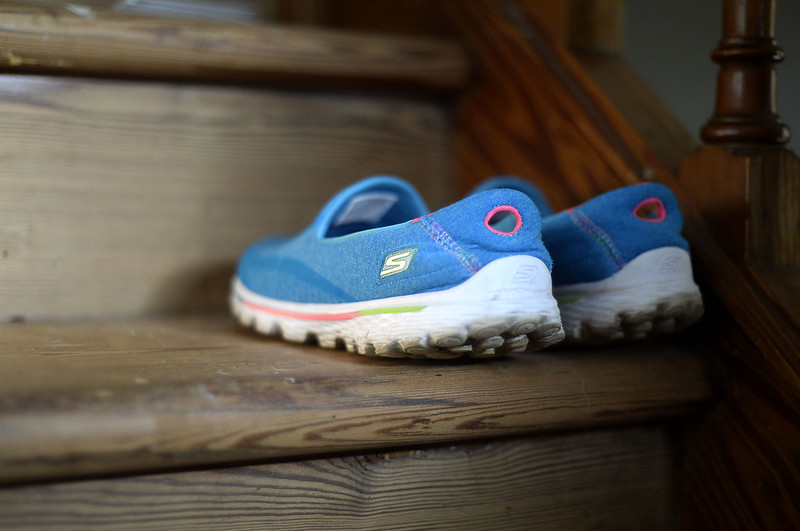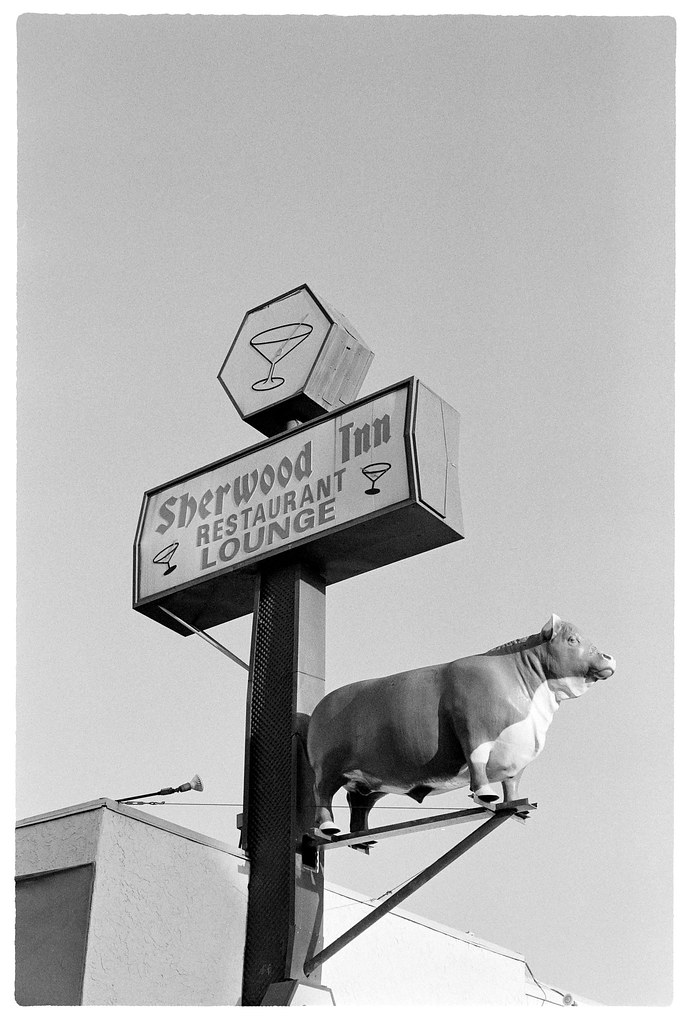To clarify, this is the version that was produced between 1980-82 for the Japanese market only. It can be identified by the fact that it has MFD of 0.45m (all other 50 pancakes are 0.6m), serial number starts with a 2 (not 3 or 4), and is full metal construction for the barrel. It is not the regular AI-S version (plastic barrel, MFD 0.6m), nor the Series E, nor the so-called long nose 50/1.8.
It arrived and I have run a few rolls of colour and B&W using it. It really is remarkable. Comparison shots against my Zeiss 50/1.4 Planar ZF.2 show that the Planar is a wee bit better in microcontrast and colour rendition, but not by much. Based on scans from my V600, it is hard to distinguish images between the two lenses. I have yet to wet print B&W from the negs, however.
My point being that I am blown away by the quality of the so-called Japanese pancake. The Zeiss by comparison seems like a beast of a lens now and I can not imagine taking it on a trip over the pancake. So enamoured am I that I scoured eBay for another copy but could not find one. So, for the first time, I have used the Buyee/Yahoo site which allows non-Japan based buyers to purchase items from Japan that otherwise are not always listed on eBay. They currently have about a dozen copies of this pancake available and I purchased a minty one for under US$100, less than the first copy I bought.
It arrived and I have run a few rolls of colour and B&W using it. It really is remarkable. Comparison shots against my Zeiss 50/1.4 Planar ZF.2 show that the Planar is a wee bit better in microcontrast and colour rendition, but not by much. Based on scans from my V600, it is hard to distinguish images between the two lenses. I have yet to wet print B&W from the negs, however.
My point being that I am blown away by the quality of the so-called Japanese pancake. The Zeiss by comparison seems like a beast of a lens now and I can not imagine taking it on a trip over the pancake. So enamoured am I that I scoured eBay for another copy but could not find one. So, for the first time, I have used the Buyee/Yahoo site which allows non-Japan based buyers to purchase items from Japan that otherwise are not always listed on eBay. They currently have about a dozen copies of this pancake available and I purchased a minty one for under US$100, less than the first copy I bought.
PhotoGog
-
Your thoughts on Nikkor 50/1.8 AI-S Japanese pancake version
Hi all
I recently bought one of these lenses from a Japanese seller on eBay as I desired a compact set up for traveling. Having read the thoughts of Ren Kockwell, who heralds it at Nikons best manual focus 50mm lens of all time, I believed him (for once) and shelled out for a copy.
To clarify, this is the version that was produced between 1980-82 for the Japanese market only. It can be identified by the fact that it has MFD of 0.45m (all other 50 pancakes are 0.6m), serial number starts with a 2 (not 3 or 4), and is full metal construction for the barrel. It is not the regular AI-S version (plastic barrel, MFD 0.6m), nor the Series E, nor the so-called long nose 50/1.8.
It arrived and I have run a few rolls of colour and B&W using it. It really is remarkable. Comparison shots against my Zeiss 50/1.4 Planar ZF.2 show that the Planar is a wee bit better in microcontrast and colour rendition, but not by much. Based on scans from my V600, it is hard to distinguish images between the two lenses. I have yet to wet print B&W from the negs, however.
My point being that I am blown away by the quality of the so-called Japanese pancake. The Zeiss by comparison seems like a beast of a lens now and I can not imagine taking it on a trip over the pancake. So enamoured am I that I scoured eBay for another copy but could not find one. So, for the first time, I have used the Buyee/Yahoo site which allows non-Japan based buyers to purchase items from Japan that otherwise are not always listed on eBay. They currently have about a dozen copies of this pancake available and I purchased a minty one for under US$100, less than the first copy I bought.
Having never used any other Nikon 50mm lens, I am interested in any thoughts or opinions RFF users may have on this lens from first hand experience.
Regards.
Hi all
I recently bought one of these lenses from a Japanese seller on eBay as I desired a compact set up for traveling. Having read the thoughts of Ren Kockwell, who heralds it at Nikons best manual focus 50mm lens of all time, I believed him (for once) and shelled out for a copy.
To clarify, this is the version that was produced between 1980-82 for the Japanese market only. It can be identified by the fact that it has MFD of 0.45m (all other 50 pancakes are 0.6m), serial number starts with a 2 (not 3 or 4), and is full metal construction for the barrel. It is not the regular AI-S version (plastic barrel, MFD 0.6m), nor the Series E, nor the so-called long nose 50/1.8.
It arrived and I have run a few rolls of colour and B&W using it. It really is remarkable. Comparison shots against my Zeiss 50/1.4 Planar ZF.2 show that the Planar is a wee bit better in microcontrast and colour rendition, but not by much. Based on scans from my V600, it is hard to distinguish images between the two lenses. I have yet to wet print B&W from the negs, however.
My point being that I am blown away by the quality of the so-called Japanese pancake. The Zeiss by comparison seems like a beast of a lens now and I can not imagine taking it on a trip over the pancake. So enamoured am I that I scoured eBay for another copy but could not find one. So, for the first time, I have used the Buyee/Yahoo site which allows non-Japan based buyers to purchase items from Japan that otherwise are not always listed on eBay. They currently have about a dozen copies of this pancake available and I purchased a minty one for under US$100, less than the first copy I bought.
Having never used any other Nikon 50mm lens, I am interested in any thoughts or opinions RFF users may have on this lens from first hand experience.
Regards.
PhotoGog
-
Your thoughts on Nikkor 50/1.8 AI-S Japanese pancake version
Well, sure, but even with the V600 I can still see a difference in the way a lens renders, as in the scans between my CV 35/2.5 and Summicron ASPH, same goes for the difference between the Zeiss Planar and FD 50/1.4. The V600 is not so bad that one can not tell between high and lower quality glass, though of course with big limitations.
Not surprising. The V600 only has an actual maximum resolution of 1560, and so will be the weakest link in the chain.
Well, sure, but even with the V600 I can still see a difference in the way a lens renders, as in the scans between my CV 35/2.5 and Summicron ASPH, same goes for the difference between the Zeiss Planar and FD 50/1.4. The V600 is not so bad that one can not tell between high and lower quality glass, though of course with big limitations.
Contarama
Well-known
I use this lens a lot. I shot with it today in fact.






Shac
Well-known
Curious - What's the difference supposed to be due to? Apart from closest focus specs are same and the AiS pancake version (not series E)?
TIA
TIA
Jamie Pillers
Skeptic
I've had one of these for years. It's always produced super images. I use it adapted on a Fuji X-Pro1 these days. Great little lens.
Contarama
Well-known
Curious - What's the difference supposed to be due to? Apart from closest focus specs are same and the AiS pancake version (not series E)?
TIA
I have never been able to really tell any difference between them. The E is less contrasty compared to the others. I think the New version is slighty thinner? Hard to screw up a 50/1.8.
kxl
Social Documentary
The Japan pancake also has a shorter focus throw than the 'new' pancake. I personally prefer the larger AIS long-nose version, which has the same focus throw and MFD as the Japan pancake version. My preference is entirely for ergonomic reasons -- the long nose just balances better in my hands. Wrt IQ, I can't really tell any difference in practical use.
Fraser
Well-known
I have this version e series can't remember how much it cost but not much and have always been really impressed out of all the Nikon 50s I've tried the only one that has slightly disappointed is the 1.4D.
 16fbpicPancake_02 by f4saregreat!, on Flickr
16fbpicPancake_02 by f4saregreat!, on Flickr
Focus on the S.
 [email protected]_01 by f4saregreat!, on Flickr
[email protected]_01 by f4saregreat!, on Flickr
 16fbpicPancake_02 by f4saregreat!, on Flickr
16fbpicPancake_02 by f4saregreat!, on FlickrFocus on the S.
 [email protected]_01 by f4saregreat!, on Flickr
[email protected]_01 by f4saregreat!, on Flickrbluesun267
Well-known
I don't know if the formula is exactly the same or not, but I did own a 50/1.8 long-nose and found it to be one of the worst, most boring lenses I've ever used on B/W film. It seemed to render stark, flat, 2 dimensional images that lacked pleasing mid-tone gradation. I prefer the 50/1.4 and 50/2 over it any day (though ultimately I prefer an LTM 50 such as the Nikkor SC, Elmar or Summicron over any SLR lens for B/W). As the 50/1.8 is supposed to be a "perfect" lens, it would seem to lack the character which I find so important to good B/W images.
The only SLR lens I've come across that seems to bridge the "B/W gap" has been the Rollei QBM Planar HFT 50/1.8. I've yet to give a Leica-R Summicron a try, but that one is next on my list.
The only SLR lens I've come across that seems to bridge the "B/W gap" has been the Rollei QBM Planar HFT 50/1.8. I've yet to give a Leica-R Summicron a try, but that one is next on my list.
dourbalistar
Buy more film
I recently got a copy of this lens, and am pretty happy with the initial results. On paper, it's fast enough, compact, and has a pretty good minimum close focus distance of 0.45m. I recently took it on a 3-day backpacking trip, and it's considerably lighter and less bulky compared to my Nikkor-S.C Auto 55mm F1.2. Looking forward to using this lens more. 
Nikon FM2n, AI Nikkor 50mm f/1.8S, Ultrafine Xtreme 400, developed in LegacyPro L110 at 1:31 for 5.5 minutes.

2019.09.25 Roll #221-04058-positive.jpg by dourbalistar, on Flickr
Nikon FM2n, AI Nikkor 50mm f/1.8S, Ultrafine Xtreme 400, developed in LegacyPro L110 at 1:31 for 5.5 minutes.

2019.09.25 Roll #221-04058-positive.jpg by dourbalistar, on Flickr
Ccoppola82
Well-known
I have one on my F3. Nice little lens!
Huss
Mentor
I recently got a copy of this lens, and am pretty happy with the initial results. On paper, it's fast enough, compact, and has a pretty good minimum close focus distance of 0.45m. I recently took it on a 3-day backpacking trip, and it's considerably lighter and less bulky compared to my Nikkor-S.C Auto 55mm F1.2. Looking forward to using this lens more.
Nikon FM2n, AI Nikkor 50mm f/1.8S, Ultrafine Xtreme 400, developed in LegacyPro L110 at 1:31 for 5.5 minutes.
2019.09.25 Roll #221-04058-positive.jpg by dourbalistar, on Flickr
Very nice result! I'd be happy with that.
George Mann
Member
The Japanese pancake renders differently than the other Nikkors, with the E series being its weaker, but similar sibling, with the most obvious difference being the coating.
dourbalistar
Buy more film
Very nice result! I'd be happy with that.
Thanks, Huss!
The Japanese pancake renders differently than the other Nikkors, with the E series being its weaker, but similar sibling, with the most obvious difference being the coating.
I haven't used any of its other siblings, so I can't speak to the rendering. I haven't shot any brick walls yet either, but will be looking to see if its lack of distortion is true. Nikon designed it to have only 0.1% distortion of objects positioned at infinity, and just 1% for objects at the minimum focus distance.
https://imaging.nikon.com/history/story/0060/index.htm
dourbalistar
Buy more film
Nikon FM2n, AI Nikkor 50mm f/1.8S, Ultrafine Xtreme 400, developed in LegacyPro L110 at 1:31 for 5.5 minutes.

2019.09.25 Roll #221-04062-positive.jpg by dourbalistar, on Flickr

2019.09.25 Roll #221-04062-positive.jpg by dourbalistar, on Flickr
dourbalistar
Buy more film
Stopped down even a little bit, this lens has a sharpness and bite that I don't always see in my other lenses.
Nikon FM2n, AI Nikkor 50mm f/1.8S, Ultrafine Xtreme 400, developed in LegacyPro L110 at 1:31 for 5.5 minutes.

2019.09.25 Roll #221-04048-positive.jpg by dourbalistar, on Flickr
Nikon FM2n, AI Nikkor 50mm f/1.8S, Ultrafine Xtreme 400, developed in LegacyPro L110 at 1:31 for 5.5 minutes.

2019.09.25 Roll #221-04048-positive.jpg by dourbalistar, on Flickr
Highway 61
Revisited
I personally prefer the larger AIS long-nose version, which has the same focus throw and MFD as the Japan pancake version. My preference is entirely for ergonomic reasons -- the long nose just balances better in my hands.
The same.
Plus, the Ai-S "long nose" version is made of brass and alloy, not polycarbonate. And it still has the good old "rabbit ears" so that you can use it on pré-Ai Nikon bodies for metering. Also, the front element is more recessed : the lens hood (Nikon or no-name) will be more efficient.
And for the same very low price, on the 2nd hand market, as both the two versions of the Ai-S "pancake".
dourbalistar
Buy more film
The same.
Plus, the Ai-S "long nose" version is made of brass and alloy, not polycarbonate. And it still has the good old "rabbit ears" so that you can use it on pré-Ai Nikon bodies for metering. Also, the front element is more recessed : the lens hood (Nikon or no-name) will be more efficient.
And for the same very low price, on the 2nd hand market, as both the two versions of the Ai-S "pancake".
I believe the Japanese pancake version is also all metal construction. The Series E pancake is the one that uses mostly polycarbonate. But I can understand how some might prefer the long-nose for the ergonomics.
besk
Well-known
I have never liked attaching a filter on the long nose lens because it is so far from the
lens element.
With the pancake version the filter is very close. I use the polycarbonate E series version sometimes for that reason.
lens element.
With the pancake version the filter is very close. I use the polycarbonate E series version sometimes for that reason.
Share:
-
This site uses cookies to help personalise content, tailor your experience and to keep you logged in if you register.
By continuing to use this site, you are consenting to our use of cookies.

